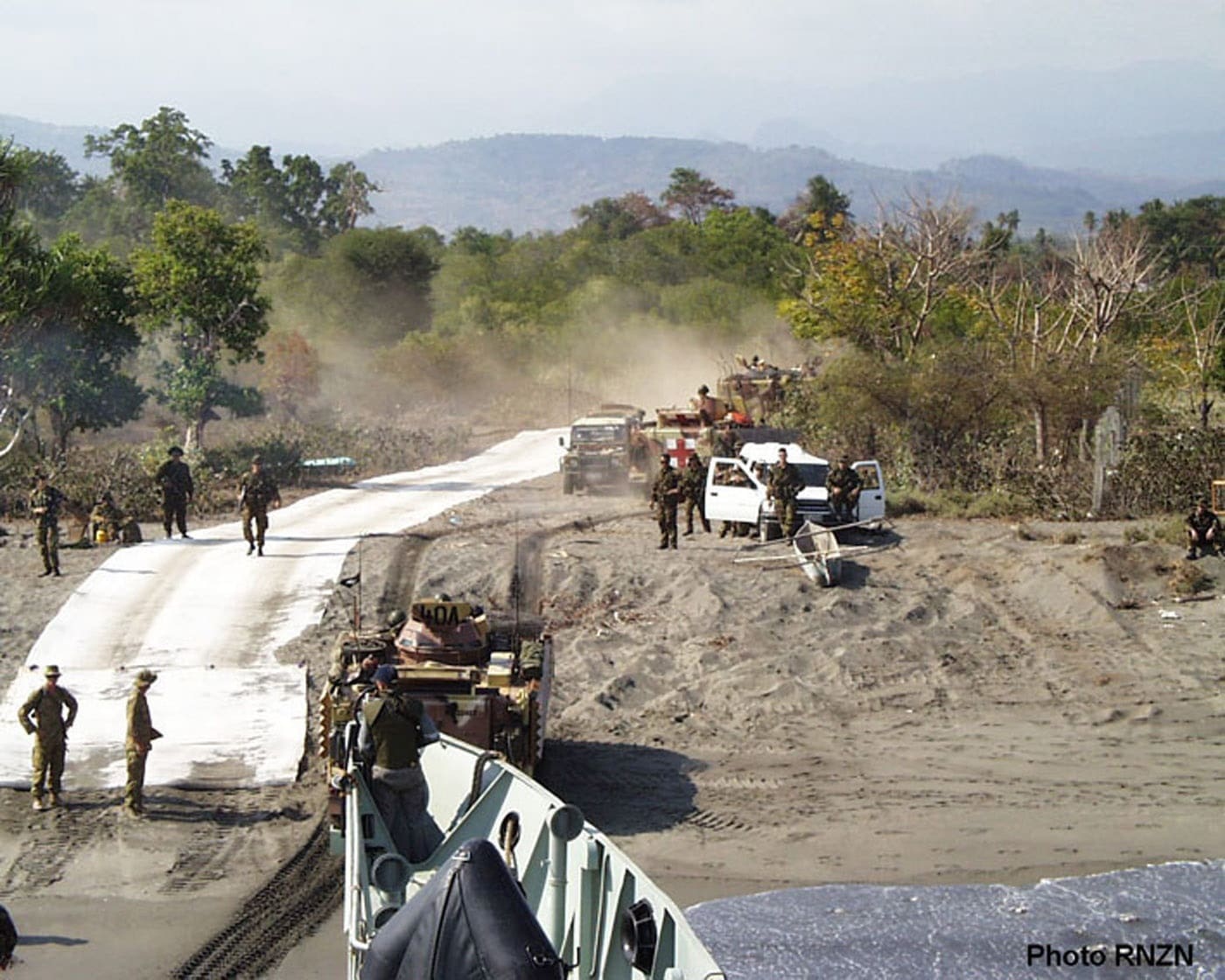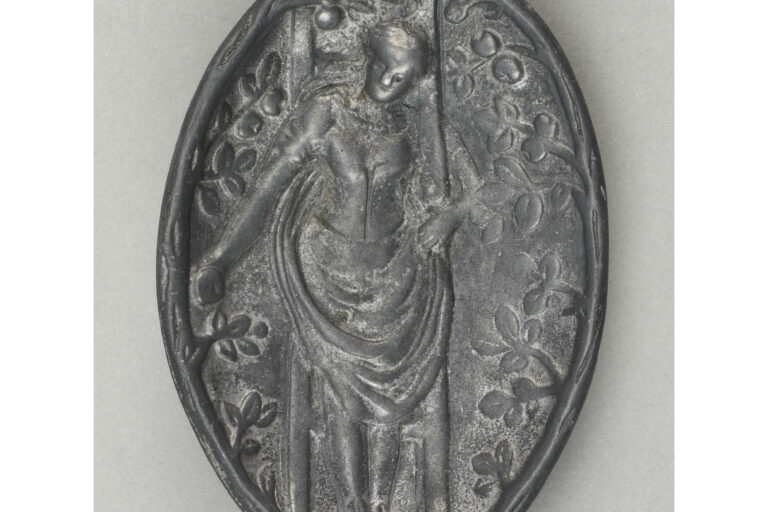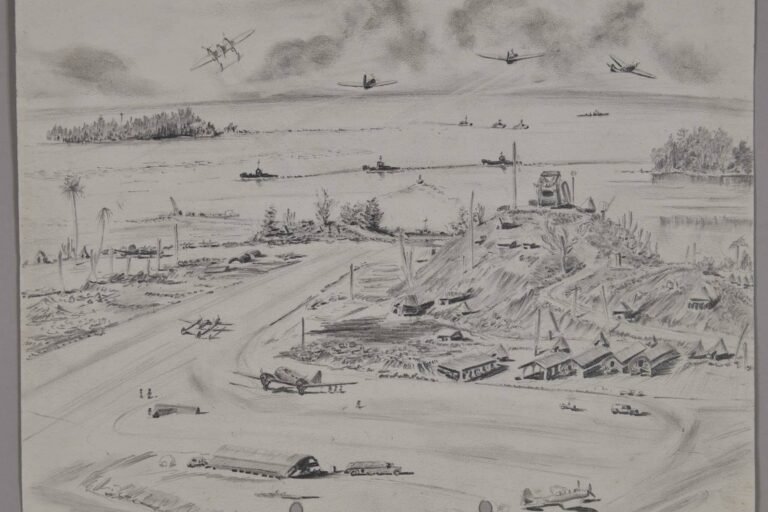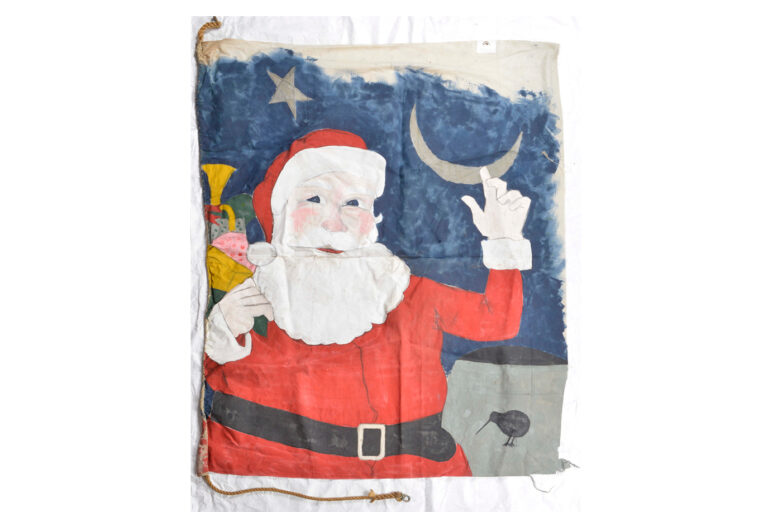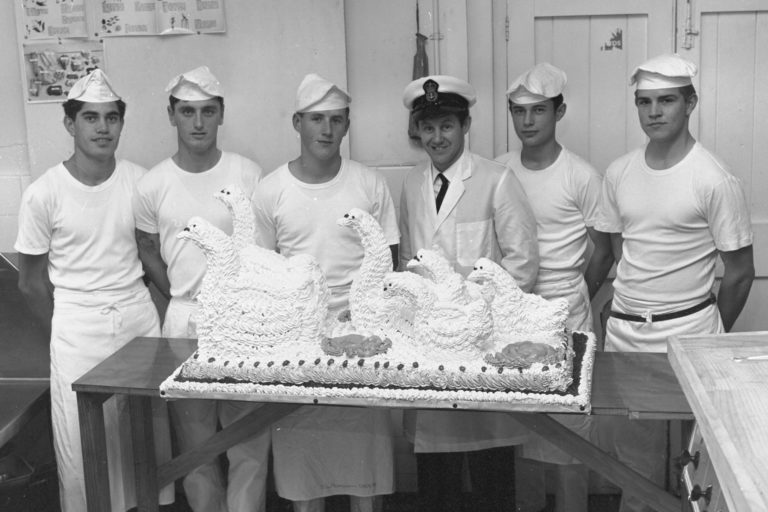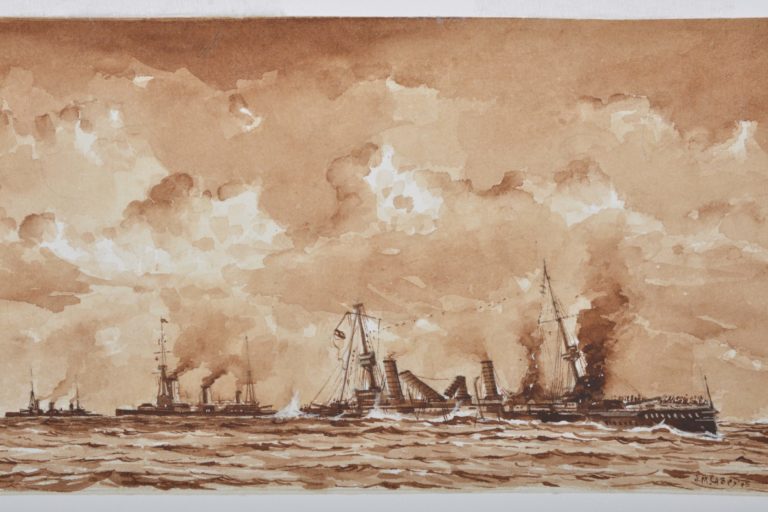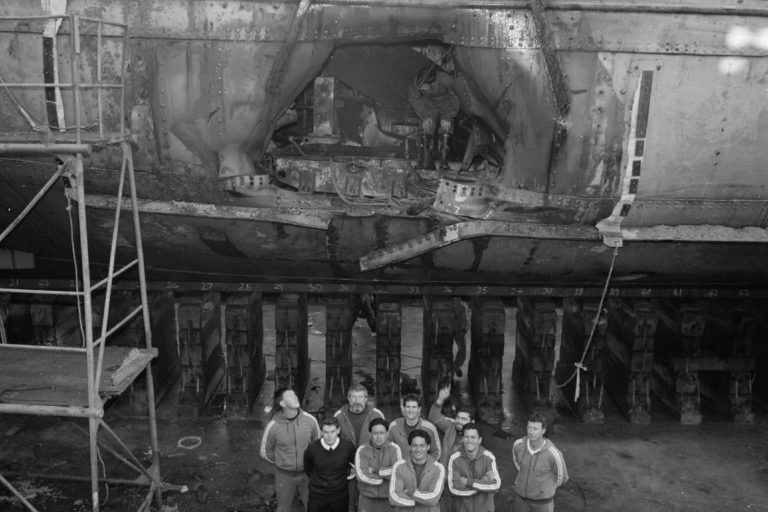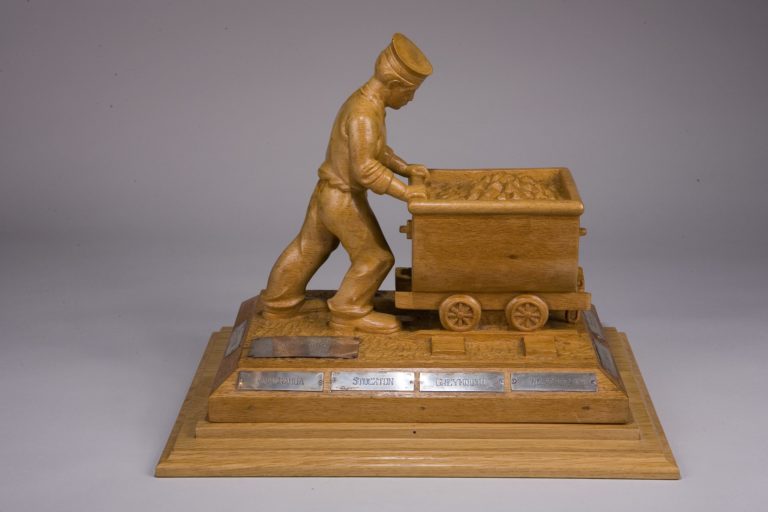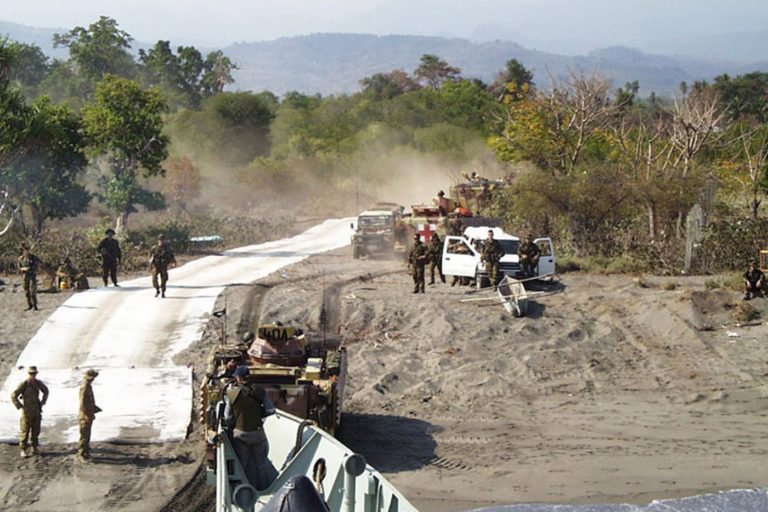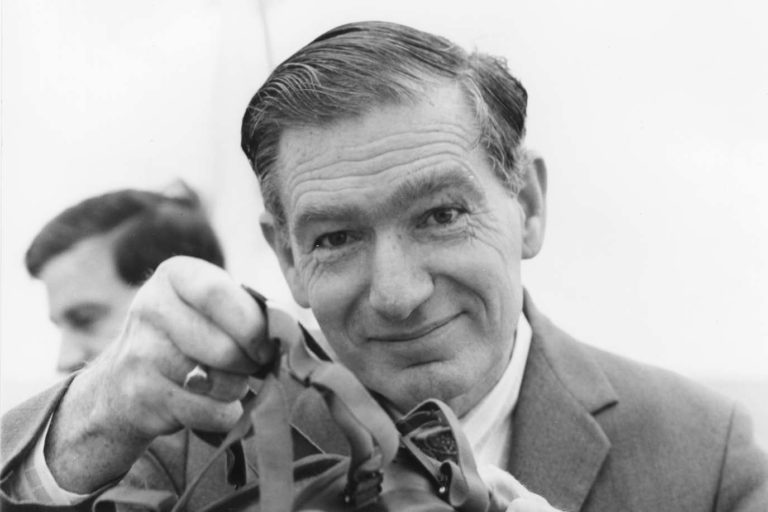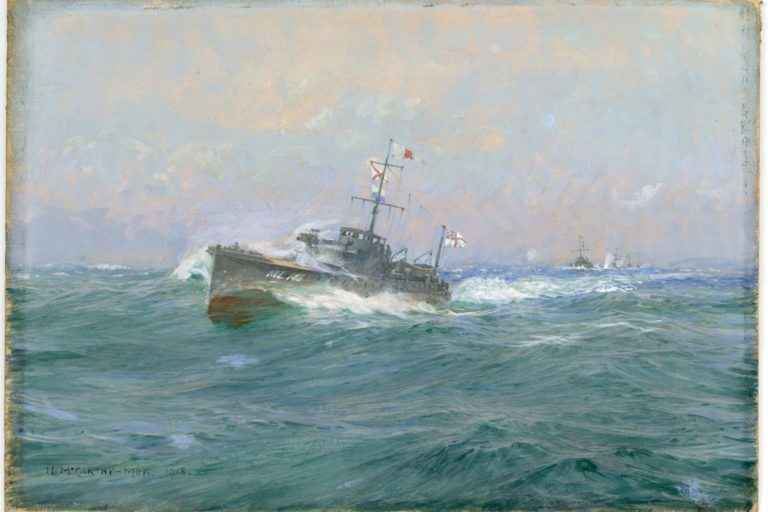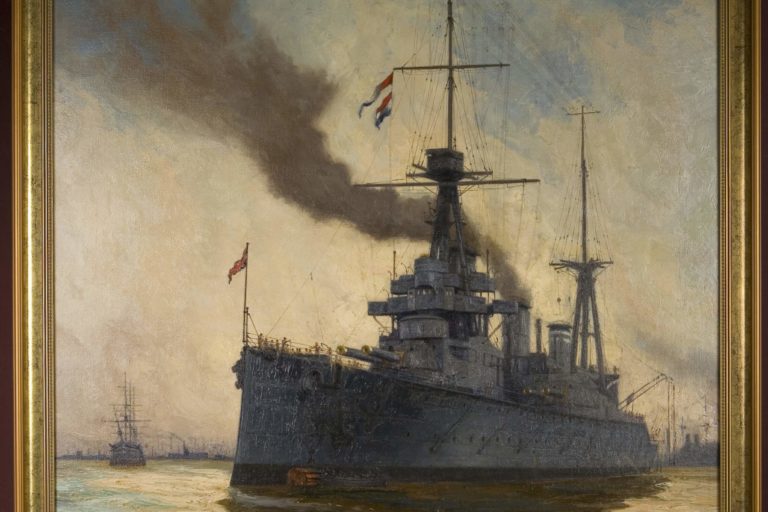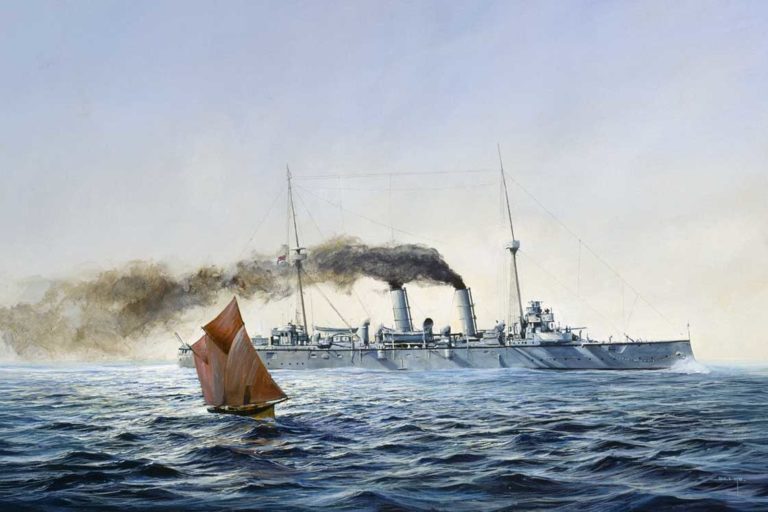RNZN Operations in support of UN Peacekeeping 1999-2000
In 1999 the Royal New Zealand Navy was urgently called upon to participate in the initial, urgent phase of a multi-national naval and tri-service operation to support newly independent East Timor.
Background
East Timor was colonised by Portugal in the 16th century, and was known as Portuguese Timor until 1975, when the Revolutionary Front for an Independent East Timor (Fretilin) declared independence.
In December 1975, Indonesia invaded and occupied East Timor. Their occupation was marked by violence and a decades-long conflict between separatist groups (especially Fretilin) and the Indonesian military, in which thousands died.
At the same time Indonesia also occupied West Papua and, despite objections by western powers, the situation was not prioritised as there were other global concerns at the time.
Repression by the Indonesian Armed Forces for the five years of 1976 to 1980 alone caused an estimated 230,000 casualties. The situation changed when video footage emerged of a massacre by Indonesian troops in November 1991 of over 250 people at a funeral in Dili.
Move to Independence
After 24 years of occupation, the Dili massacre appears to have been the catalyst for a change in the way Indonesia was viewed internationally. With Indonesia’s attempt to forcibly integrate the local population with Indonesia settlers, pressure began to mount for self-determination.
In 1998 Indonesian President Suharto resigned, replaced by his Vice-president Habbie. President Habbie realised that with the world watching, and escalating economic problems in Indonesia, attempting to retain East Timor was going to be too costly.
After discussions with Portugal, the decision was made to hold a UN supervised referendum on either full independence or integration with Indonesia, monitored by the UN, including NZDF personnel.
The UN sponsored referendum was not unanimously accepted in Indonesia. Some within the government and military began to organise pro-integration militia units within East Timor.
In the months leading up to the referendum on 30 August 1999, Indonesia instigated a policy of violence. Despite being intimidated, beaten and tortured, the East Timorese voted for independence.
With support of Indonesia, the militias unleashed death and destruction across East Timor. The capital city and other towns were sacked, and an unknown number of Timorese were killed and over 500,000 displaced.
By September the UN had become concerned and issued an ultimatum to Indonesia to restore order within 24 hours or face international intervention.
The Indonesian authorities did nothing to stop the violence, and the UN observers had to be evacuated.
Pressure on Indonesia increased, and they agreed to international forces entering East Timor to restore security and re-establish peace.
Intervention and the Naval Operation
It was obvious to Australia and New Zealand that something had to be done quickly to protect the East Timorese and end the violence. But they also needed to be aware that Indonesia should not be provoked to take military action.
In September 1999, under the auspices of the UN International Force East Timor [INTERFET] Australia led a combined international peace keeping force, including the New Zealand Defence Force, to stabilise the situation and restore peace and security.
With the need for force protection and supply, the RNZN deployed the frigates Te Kaha, Canterbury and the tanker Endeavour.
After the militias were brought under control or forced back into West Timor or into the mountains. The focus shifted to humanitarian assistance and getting the people of East Timor back into a self-sustaining existence.
For the 540 sailors and officers of the RNZN involved in INTERFET and for their Army or Air Force compatriots living in poor conditions ashore, all gave their best to ensure tasks were carried out.
The INTERFET deployment ended in February 2000 with the transfer of military command to the UN.
Sources:
– Michael Wynd RNZN historian
– RNZN website

